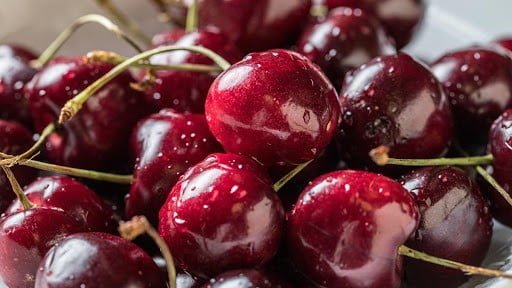EastFruit analysts draw attention to an interesting fact – three countries that were previously part of the USSR are in the top 10 of world exporters of fresh cherries. Uzbekistan, Azerbaijan and Moldova together export more than 90 thousand tons of cherries.
However, there are subtle aspects. Representatives of fruit trade believe that a significant part of cherries supplied from Azerbaijan are actually grown in Iran. In addition, it is likely that not all exported cherries from the above countries are correctly taken into account in export statistics, as we wrote about in the article “Ghost fruit or how much cherries Russia actually imports“.
However, in terms of revenue from the exports of cherries, Uzbekistan, Azerbaijan and Moldova are not doing as well as in terms of volumes. Only Uzbekistan is among the top ten world leaders, although its position is much lower than in the export ranking in terms of volume. However, the cultivation and exports of cherries is still a very profitable business as their prices are relatively high. Cherries are sold on average several times more expensive than peaches, apricots and other stone fruits, and at the same time, according to EastFruit, their global prices continue to grow, while prices for apricots have been falling for several years in a row.
It is no coincidence that cherries are so popular as an export fruit. Andriy Yarmak, an economist at the Investments Centre of the Food and Agriculture Organization of the United Nations (FAO), explains this phenomenon by combining several factors at once: “Cherries are very convenient for fruit consumers compared to many others. In addition, the countries of the Southern Hemisphere can export them for the New Year holidays, which means it becomes a symbol of the holiday and wealth for countries where cherries do not ripen at this time, first of all, in the rich countries of the Northern Hemisphere. Also, cherries are massively available for the Chinese New Year, where they are bought hugely. The most important is that the majority of consumers like the taste of cherries.”
Despite the global trade in cherries growing faster than the trade in stone fruits, Uzbekistan faces serious problems with their exports. Growing competition from Iran and a lack of progress in quality leads to the need to reduce prices for Uzbek cherries. Even this season, when a significant part of cherries in Uzbekistan was lost due to frosts, the prices may be significantly lower than last year. Prices are already lower than a year earlier, and many exporters complain about a very sluggish demand from Russian fruit importers.
You can learn about vegetables, fruits and nuts that can bring the greatest income to Central Asian producers from leading industry experts during the online conference “Fruits, Nuts and Vegetables of Central Asia” on June 8, 2021. For participation you should register here. A similar event for Ukraine, Moldova, Georgia, Belarus, Armenia and Azerbaijan will take place on June 9, and you can register for it via this link.
The use of the site materials is free if there is a direct and open for search engines hyperlink to a specific publication of the East-Fruit.com website.




